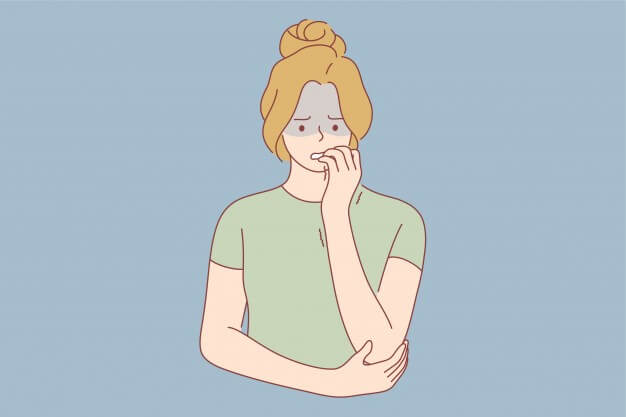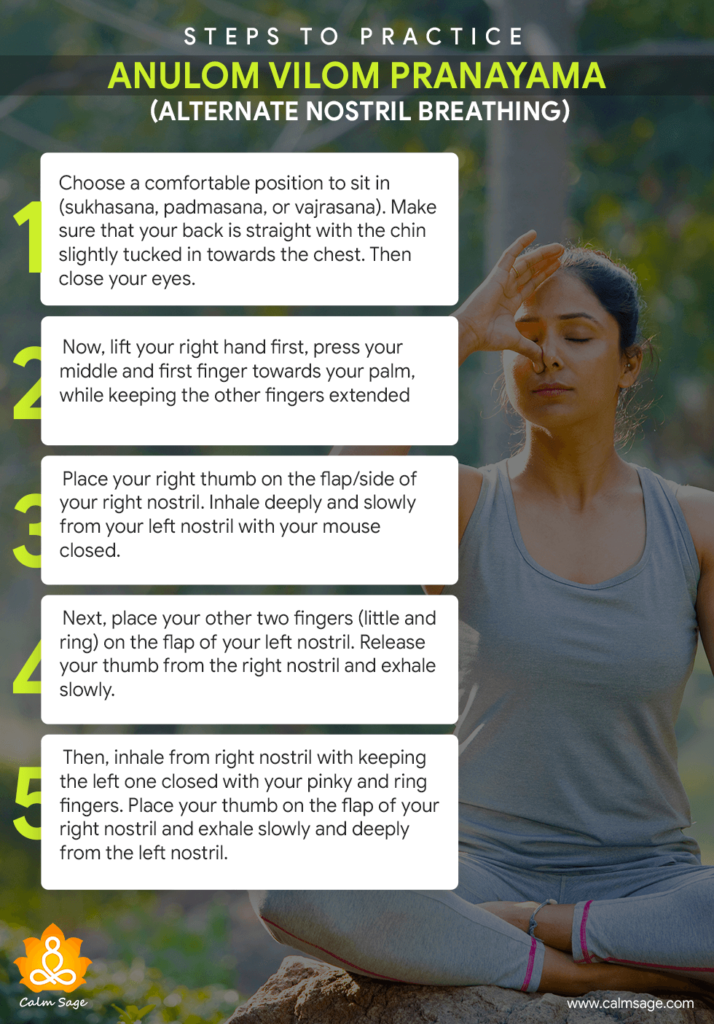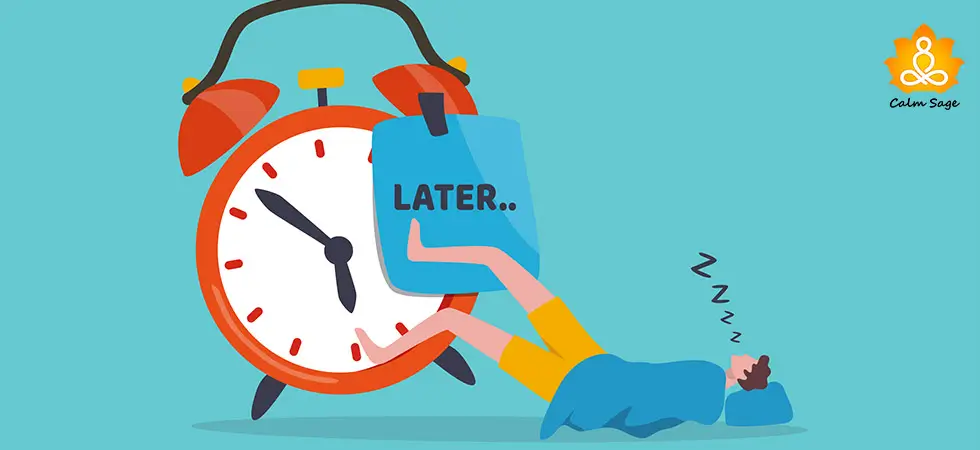How Systematic Desensitization Can Help You Overcome Fear | Your Complete Guide

Do you have any specific phobia or fear related to something in your life? Or is general anxiety keeping you up till late? If yes, then you might want to get rid of these overwhelming feelings for sure. As fears do hold us back, they do reduce our ability to achieve our life goals, and they can hamper our life functioning.
Luckily, we can combat this feeling of fear and anxiety with the help of systematic desensitization technique. It is a therapy process that is backed with science and evidence in bringing relief to fear and anxiety.
What Is Systematic Desensitization?
Systematic Desensitization is one of the many methods developed by behavioral therapists to reduce the fear and anxiety and to change other such behaviors. Systematic desensitization makes use of relaxation techniques and gradual imaginal strategies. It was developed by Joseph Wolpe in the year 1958. The basic approach of this technique to help an individual replace his anxious feelings with relaxation.
An Overview Of Systematic Desensitization Therapy
Systematic Desensitization usually starts with imagining yourself in a progressive fearful situation. It makes use of relaxation techniques and strategies that help you compete with the anxiety associated with it. This eventually helps you desensitize from fearful events and allows you to further manage your anxiety successfully. Now let us understand the step-by-step process of systematic desensitization.

Systematic Desensitization Steps
Systematic desensitization therapy involves three simple and basic steps.
1. Relaxation
You begin by learning relaxation techniques and mastering them so that you know exactly how to calm yourself down when exposed to any anxiety or fear-provoking stimuli. Now, there are many relaxation techniques for you to choose from and practice them as a part of systematic desensitization. But, traditionally progressive relaxation is used as a part of this therapy. This technique was developed by Jacobson (1938).
2. Progressive Relaxation
This relaxation technique involves tensing and relaxing muscle groups.
It involves all the muscle groups along our body, generally starting with feet and gradually progressive to face (hence the name).
All you have to do here is:
- Take a deep breath in and tighten a particular muscle group.
- As you exhale slowly relax and release that muscle group.
- This way, move to a different muscle group and repeat these steps.
- The aim of this relaxation technique is to make you aware of the distinction between relaxed and tensed muscle groups. So, when you feel tensed on being exposed to the fear stimuli you can quickly sense it and work on relaxing your muscles and yourself.

Other Relaxation Techniques to Practice Systematic Desensitization:
Although traditionally, Jacobson’s progressive relaxation is used in systematic desensitization some therapists also make use of other techniques, such as:
1. Deep Breathing/ Diaphragmatic Breathing
Deep breathing is like turning on your body’s air conditioner. It helps you calm down and feel a lot better. There are different ways through which you can practice deep breathing ranging from counting and breathing to pranayama. Here we are suggesting one deep breathing technique from each category.
4… 7… 8… Deep Breathing
All you have to do is-
- Inhale for 4 seconds
- Hold your breath for 7 seconds
- And exhale for 8 seconds with your mouth open
Anuloma Viloma Pranayama

Check out How to Practice Anuloma Viloma Pranayama
2. Visualization
This is probably the second most preferred relaxation technique by the behavior therapists that makes use of pleasant thoughts and images. Just think of a relaxing, calming, and soothing scene, picture it in your mind. Now imagine being a part of this visualization and involve all your senses in it. It is like submerging in a calming zone with all your awareness and senses. It can be any calm scene that you can visualize here ranging from you sitting in your garden or making an imaginary trip to the beach. Just make sure you are completely involved in it.

3. Meditation and Mindfulness Techniques
Anxiety tends to take us away from reality and holds us back from seeing what the current moment has to offer. That’s when meditation and mindfulness help us be in the moment, be calm, and be content. Through these two techniques, you become aware of thoughts and feelings related to the anxiety situation. This will ultimately reduce your anxious thoughts and make you feel calm. Now you can choose any type of meditation and mindfulness techniques and master it to proceed further.

How often do you practice relaxation techniques?
To achieve a deeper level of relaxation (which you will be needing as you progress on the anxiety hierarchy) it is advised that you devote 10 to 15 minutes twice a day to a relaxation technique. You may practice it more often but nothing less than this should be practiced.
Now let us learn where, when, and how we have to apply these relaxation techniques in our systematic desensitization process.
1. Anxiety Hierarchies
This is probably the most important part of systematic desensitization. Here you/ or your therapist will work on getting specific information about events that causes you/ or the client to become anxious. You start by making a list of anxiety provoking events. Next, list them in order from least anxiety evoking to the most one. Now while making this list another important factors come to play, that is, assigning subjective units of discomfort scale (SUDs).
SUDs: Rate each of the events in this list with a number between 0-100. Where zero denotes least anxiety evoking event and 100 denotes the most anxiety evoking event. Depending on the SUDs assigned you make your anxiety hierarchy of these events.
The aim here will be to reduce these SUDs through the process of systematic desensitization.
Example of anxiety hierarchy and SUDs for someone with fear of spiders
List of events that evoke fear and anxiety (Related to Spider)
- Hold a spider in your palm.
- Let a spider crawl on your bare arm.
- Hear the word spider.
- Look at a jared/caged spider.
- Hold the jar with a spider in it.
- Let the spider be on your desk.
- Let the spider near your shoes.
- Let the spider crawl your shoe.
- Let the spider crawl over your clothes.
- Look at a photo of a spider.
The Final Anxiety Hierarchy (with SUDs)
| Fear Evoking Events | SUDs |
| Hear the word spider. | 10 |
| Look at a photo of a spider. | 25 |
| Look at a jared/caged spider. | 30 |
| Hold the jar with a spider in it. | 40 |
| Let the spider be on your desk. | 50 |
| Let the spider near your shoes. | 60 |
| Let the spider crawl your shoe. | 70 |
| Let the spider crawl over your clothes. | 85 |
| Let a spider crawl on your bare arm. | 95 |
| Hold a spider in your palm. | 100 |
2. Desensitization
Now that you know how to relax and have your anxiety hierarchy ready time to start with the desensitization. Follow these steps:
- Take out your anxiety hierarchy list and place it on the table.
- Now practice your relaxation technique.
- Ask yourself (or the client if you working as a therapist) how many SUDs are you experiencing? If the reported number is above 25, continue with relaxation until the reported is 25 or below. Please be honest here.
- After this, visualize a neutral scene against a background, it could be a cow, a plant, sun, moon, or anything that doesn’t cause fear or anxiety. Just visualize it.
- Next, visualize the least anxiety-provoking stimuli from the anxiety hierarchy. Does it cause anxiety or fear? Practice the relaxation technique again.
- When you feel better and your SUDs decrease, stop.
- This is what the first desensitization session is like.
The therapist continues it till the time you are relaxed when exposed to the highest anxiety-provoking stimuli.
By the end of the therapy, you will end up feeling a lot better. And to your utter surprise, the anxiety provoking stimuli that you started with won’t make you feel fearful or anxious anymore.
Systematic Desensitization Example
Let us see the practical implication of systematic desensitization with the help of an example.
Can you relate with me when I say that looking at spiders makes you feel anxious and fearful? You start sweating, your heart races, and you run short of breath? If yes then it is time to work on this fear with the help of Mrs.X example.
Example: Mrs. X Spider Phobia (Arachnophobia)
Background story
Mrs. X lives on the outskirts of Townsville, Australia. Her husband is a woodcutter and one day while he was on his work he got bitten by a spider. With the help of doctors and prayers, he was saved from the poisonous bite. Ever Since then, Mrs. X starts to sweat and go pale even by hearing the word spider. This fear of her started to interfere in her normal functioning. So, she decided to take therapy from Mr. T. After evaluating her situation Mr. T decided to go further with systematic desensitization as a part of the treatment approach.
Systematic Desensitization Therapy begins
Relaxation: The therapy begins with Mrs. X learning progressive relaxation techniques along with deep breathing for 5 sessions.
Anxiety Hierarchy: Next, they both worked on making anxiety hierarchy by identifying the anxiety-provoking stimuli and the SUDs related to it.
Desensitization: After creating the list and learning relaxation the desensitization process began.
- T started by reducing the fear response of Mrs. X by listening to the word spider. Every time during this process if Mrs. X felt anxious she was made to focus on relaxing her muscles or visualize her favorite outing spot. This further continues for 30 minutes.
- Then she can open your eyes.
- She reported SUDs for that particular anxiety stimuli is likely to drop.
- Next, she moves up this hierarchy with the help of the therapist.
- T further prepares Mrs. X to conquer her fear i.e., holding a spider in her palm. As baby spiders are less scary and dangerous, she begins by holding it. Every moment when she felt anxious, relaxation techniques came to play. This way Mrs. X overcame her fear of spiders.
Well, Mrs. X still sometimes feels scared of the spiders, she is now aware of the rationality of it and accepts it. Most importantly, this feeling of fear and anxiety no more interferes with her normal functioning.
After Story
Now Mrs. X is no more fearful and anxious about spiders. She is fine going out of home and walking in the garden, without the fear of encountering a spider.
Popular FAQs Around Systematic Desensitization
1. Why is systematic desensitization referred to as graduated exposure therapy?
Systematic desensitization is also called graduated exposure therapy as, instead of exposing you to anxiety or fear-provoking stimuli directly, this approach helps you work your way through levels of fear, starting with the least fearful exposure first. Hence the name- graduated exposure therapy.
2. Is systematic desensitization backed with science and evidence?
Yes, systematic desensitization is backed with sufficient science, research, and evidence. It is considered as an evidence-based therapy approach. The results of systematic desensitization have been satisfying over the years. In fact, it is the most preferred way to deal with phobias, anxiety, and fear to date.
3. What are the mental health conditions that can be treated through systematic desensitization?
Systematic desensitization is a popular therapy which is based on behavioral principles, it can be used in treating the following mental health conditions:
- Anxiety,
- Phobias,
- Fear-related disorders,
- Anger,
- Asthmatic attacks,
- Insomnia,
- Nightmares problem,
- Speech disorders,
- Drinking issues,
- And more (Spiegler & Guevremont, 2010)
4. What is an anxiety hierarchy?
Anxiety hierarchy is at the heart of systematic desensitization. It is a list/series of graduated anxiety-arousing stimuli that focus on a specific source of anxiety. It is unique for each individual. It is like a fear ladder, wherein the first step is for the least anxiety-provoking stimuli. As you climb up on this ladder the intensity of anxiety experienced increases as it moves to the most threatening situation.
5. Can I practice systematic desensitization on my own?
Though you can practice systematic desensitization on your own, in the comfort of your own home. But, it is advised that you go for gradual exposure therapy under the guidance and presence of the field experts. The reason being, exposure sometimes may go beyond your control and do more good than harm. So, book your therapy session and get the much-needed help to combat your fears with the help of experts.
Now it is time for you to stop letting your fears and anxiety hold you back and start exploring your strengths.
If you have tried systematic desensitization ever before please feel free to share your story with us, we would love to hear from you.
If not, which fear or anxiety-provoking stimulus you would like to deal with through systematic desensitization? Let us know in the comments section.
PS: Work at your pace but, remember to take the gradual steps and climb up the fear ladder, good days are waiting for you there.
More power to you!




















